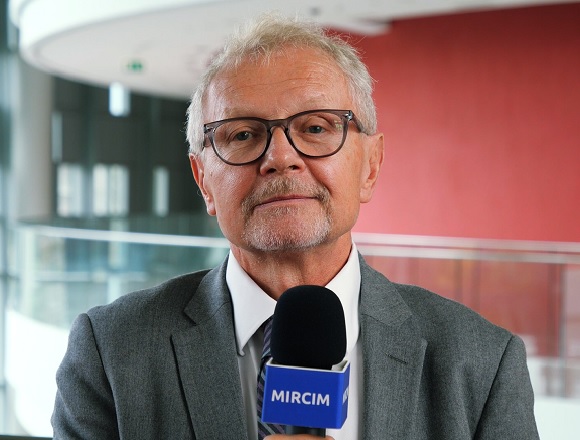What should the emergency medical services focus on when approaching a patient with suspected transient ischemic attack (TIA)?
Wieslaw Oczkowski: Somebody with a TIA is the equivalent of somebody who may have, in the cardiology world, unstable angina. It is a medical emergency.
The risk of progressing from a TIA to a stroke is very high, and we know it is also very high in the first one to two days. The first 24 to 48 hours is very crucial. It is very important to identify that the individual is suffering from a TIA and not some other neurological mimic, a neurological disorder that looks like a TIA. It is very important initially to make sure that the brain is imaged immediately. You cannot differentiate a hemorrhagic from an ischemic stroke. It is very important that the initial investigations are completed. Those would include general blood work to make sure that the individual does not have a blood cause for a TIA, blood glucose to make sure they are not hypoglycemic, mimicking a TIA-like event; and [you have] to make sure that there is an electrocardiography (ECG) done. Today, we would probably even consider doing computed tomography (CT) angiography early on in somebody with a TIA to make sure that there is no extracranial or intracranial vascular cause of their TIA.
Having done these investigations, you would then proceed on to immediate treatment, identifying the type of a potential TIA. If it is an ischemic-based TIA, then the treatment would include an antiplatelet agent, possibly an angiotensin-converting enzyme (ACE) inhibitor immediately, and a statin agent; and, of course, if an ECG done earlier on shows atrial fibrillation, then consideration needs to be given for immediate anticoagulation.
 English
English
 Español
Español
 українська
українська






